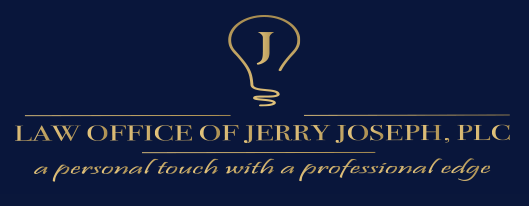PATENT SERVICES
Ready to get a Patent?
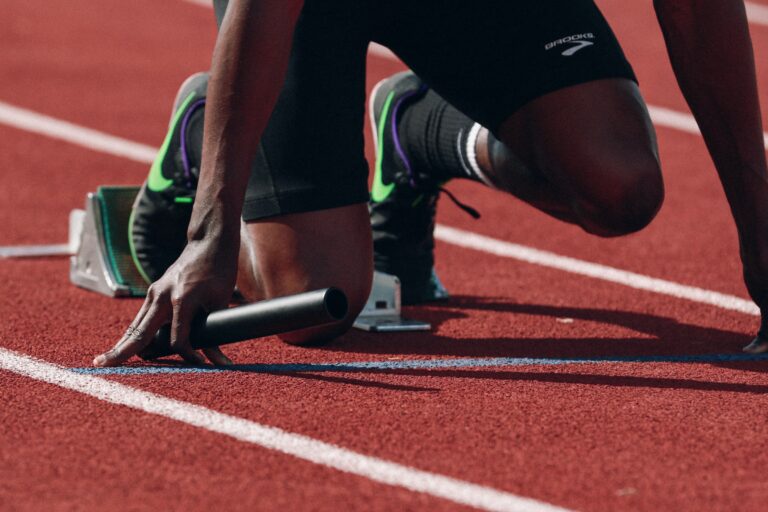
To be ready to apply for a patent, you should have three things:
- What patent do you need and an idea of what you hope to get out of the patent?
- A reasonable budget. (No, you do not need $20k)
- A completed patent search. You will want an exhaustive search completed by an attorney. You should have an attorney review your search if you have your own.
*Having a working prototype is not required but will give you a huge advantage for getting to market. If you have questions about getting a prototype made, click here.
** If you are not ready, don’t worry, you are still in the right place, click here to go to the patent page.
Schedule Your Free Consultation
If you have everything ready, let's get to work.
1. What's in it for you?
A utility patent, design patent, provisional or non? It’s essential to be aware of the advantages and disadvantages of everything you do. Getting a patent is no exception. It depends on whether you want to act on those advantages or not. The “facts” are what other people have done with patents before you, how much money they make from it, and as a result, how their success positively impacts lives.
2. What is your budget?
Many people miss this step. The requirement to have a budget is easy to overlook because you get the idea that your patent will cost tens of thousands or hundreds of thousands of dollars. You don’t need that kind of money to start. You need some money, but above all, it’s possible to start for around $1,000, as long as, you have a clear picture of what you want and ultimately how it will work.
3. Patent search is complete.
A patent search is a research to ensure that an invention idea you are considering is not already out there. The earlier you can do this, the better since it is easier to cancel projects with no patent than to sue someone else who has a patent on something similar.
HAVE A NEW IDEA?
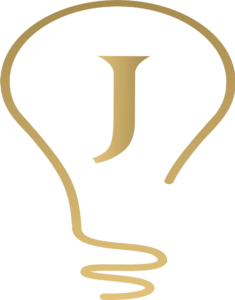

What happens after my patent application?
The first thing that happens after you apply for a patent is that one or more patent examiners will review your patent application at the USPTO. They will base this initial review on the application and fee. There’s no interview like in the old days; instead, the examiner will study your application.
Furthermore, the study will include the disclosure to figure out if everything is allowable and to see if it describes your invention well enough for a person of ordinary skill to manufacture or use it without undue experimentation. You don’t have to worry about what they are doing as it’s all done behind closed doors, but you can look up anything you want online. Finally, they will also check to see you’ve told the truth on your forms and confirm that you do not owe any necessary fees. This examination takes 3-4 months, as long as there are no objections.
When is rejection likely?
So, why does the USPTO reject some patent applications? Patent examiners have different reasons for rejecting a patent application. Sometimes the invention is unpatentable because it lacks novelty. Other times it lacks utility. Because the examiner can make a case that the claims are indefinite or overly broad. One of the most common factors leading to rejection of a patent application is what’s called “lack of written description.” Meaning that your patent application doesn’t describe the invention in enough detail to enable someone else to build it.
There may be other reasons, but these are a few of the most common ones.

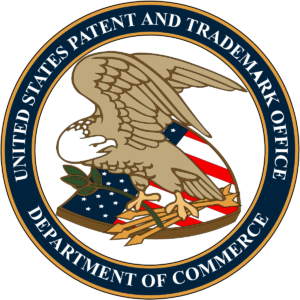
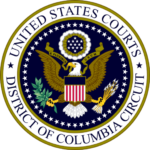
Why do I need a lawyer for
A Trademark?
How can I tell what
Type of Patent?
How can I make
A Prototype?
Do I need a trademark or
Copyright?
Do I need an LLC
To Sell Online?
EXPERIENCED. INTEGRITY. RESULTS.
What Makes Our Firm Different
The Intellectual Property Attorney you hire to represent you and your business is one of the most important decisions you will ever make.
These are the values that guide this firm:
- Client-Centered: Not every situation is the same; not all clients are alike. We take the time to listen, understand and make a plan based on your individual needs.
- End To End Support Services: We can connect our clients with anything from engineering and manufacturing advice to market testing and distribution, service far beyond a traditional intellectual property law firm.
- Friendly, approachable attorneys: The days of the stuffy lawyer talking down to you and charging you by the hour are long gone. Let’s talk more like old friends. We are inventors and entrepreneurs just like you.
- We don’t make you pay a fortune: Flat Rate billing is a feature of this law firm. Our philosophy is to make intellectual property services affordable and effective. It should not cost you $15k-$20k to get started with your idea. You can start today for a deposit of $275.
From the principal attorney
Having a lawyer is often the difference between success and failure. A good intellectual property lawyer is priceless. Without one, you’re basically out in the cold on your own. I have seen so much go wrong for clients’ businesses and even personal finances apart from the company.
– Jerry K Joseph Esq. Founding Attorney

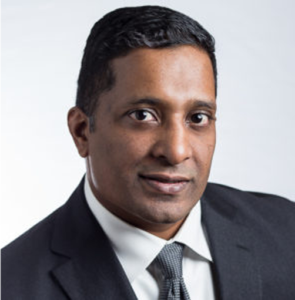
Our Vision
Inventors, entrepreneurs, and creatives face unique problems. Most people never think about the headaches and frustrations in Intellectual Property law; those frustrations can be overwhelming. Many people give up before they ever start. I started this firm to fix that.
We use a flat-fee billing policy so that clients feel confident knowing that they will not be surprised by unexpected expenses. I demand that each client be provided with a level of care as if it were my patent application. I will even turn inventors away from filing patent applications if their ideas are not ready to be filed.
My firm and I dedicate ourselves to providing real-world, honest advice to help inventors. Our goal is to protect and prototype their ideas in the most cost-effective way possible.
Affordable Rates

- Easy and simple accounting
- No more surprises
- We grow with your company
Trusted Partner

- Tireless defense of clients
- We keep current legal trends and tech
- We put people over profit
